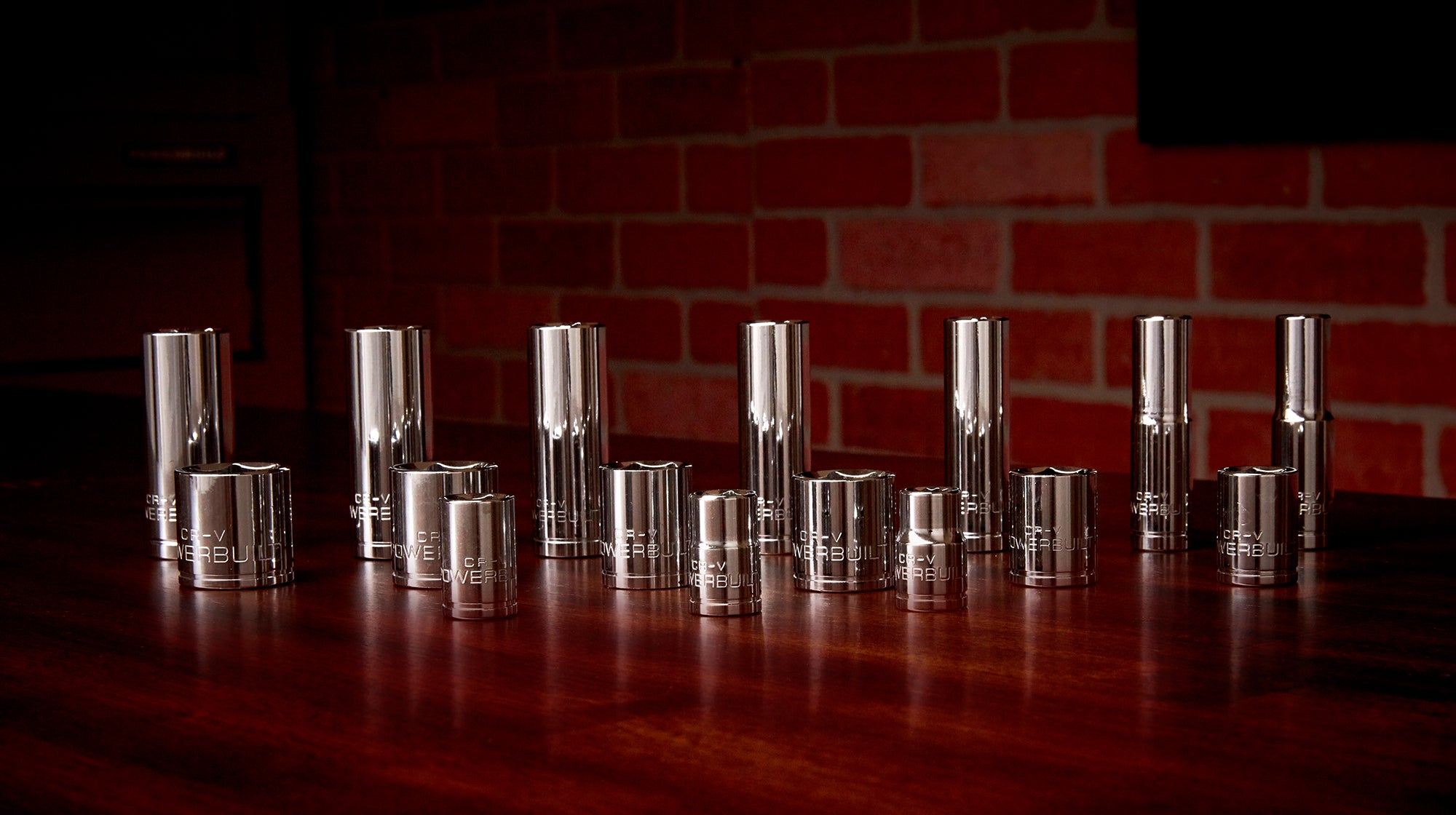Unibody construction is commonly used on modern passenger vehicles. Unibody vehicles can be damaged from improper use of a jack during tire changes and other maintenance procedures.
Read on for tips on properly lifting and securing a Unibody vehicle.
Look At That Body!
Not that long ago, virtually all vehicles were manufactured using body-on-frame construction. As the name hints, with body-on-frame construction, the body, engine and drivetrain are all bolted to a stiff and strong steel ladder frame.

Fast forward to 2017...unless you drive a full-size pickup truck or SUV, chances are your vehicle is built using Unibody construction. Unibody vehicles omit the separate ladder style frame. Instead, the frame and body are unitized into one piece that's strategically reinforced for strength and stiffness.

United We Stand
Although Unibody construction is now commonplace, there are examples from the early 20th century of various car makers trying their hand at the idea. Car enthusiasts' opinions regarding the first true Unibody vehicle vary widely.
Most agree that the 1941 Nash 600 was the first mass-produced Unibody vehicle. Back then you could've parked one in your driveway for only $745. That's about $13,000 in 2017 dollars - still a bargain!
There are many advantages to Unibody construction, including weight savings, noise reduction and improved fuel economy and handling characteristics.
And the technology has advanced to the point that even mid-sized trucks and SUVs like the Honda Ridgeline are using Unibody construction.
Lift Me Up
One potential disadvantage surfaces when it comes time to jack up your Unibody vehicle for service. It is critically important to use only the factory approved lift points to raise a Unibody vehicle.
The integrity and unity that Unibody construction relies on for strength can be compromised by a misplaced jack saddle. Separation and denting can occur and the damage might not be visible to the naked eye.
So what to do, especially if you need to raise and support a vehicle from a single lift point. One solution to consider is the Powerbuilt UniJack. It is designed to solve this vexing problem with an ingenious all-in-one solution.
Check out how this automotive enthusiast uses the Unijack to simplify DIY repairs.
All Together Now
The Unijack is both a bottle jack and a jack stand. So you can use it to both raise and support your vehicle at the factory approved lift point. It eliminates the expense and hassle of using a floor jack and jack stand combination. It saves storage space, and is portable enough to stow in a trailer, car trunk or off-road truck.
The Unijack is available in two sizes to fit a wide variety of vehicles:
- 4000 lb. capacity for sedans and small to mid-size trucks and SUVs (#620470)
- 6000 lb. capacity for full-size trucks SUVs and vans (#620471)
Check out this video from etrailer.com to see how it works!
No matter how you lift your Unibody vehicle, make sure you consult your owner's manual to identify and locate the factory approved lift points.
This is one instance where reading the instructions pays off big time. The other time? Assembling Ikea furniture of course.


